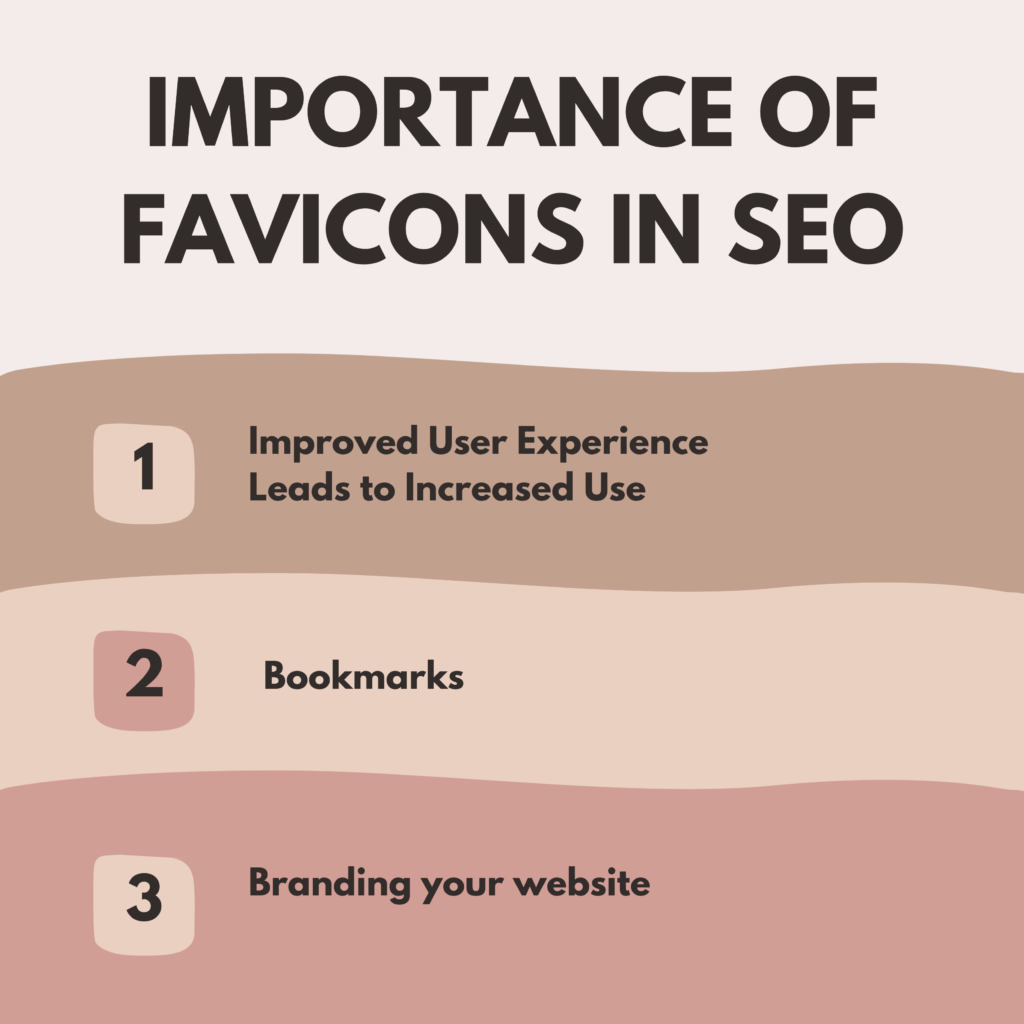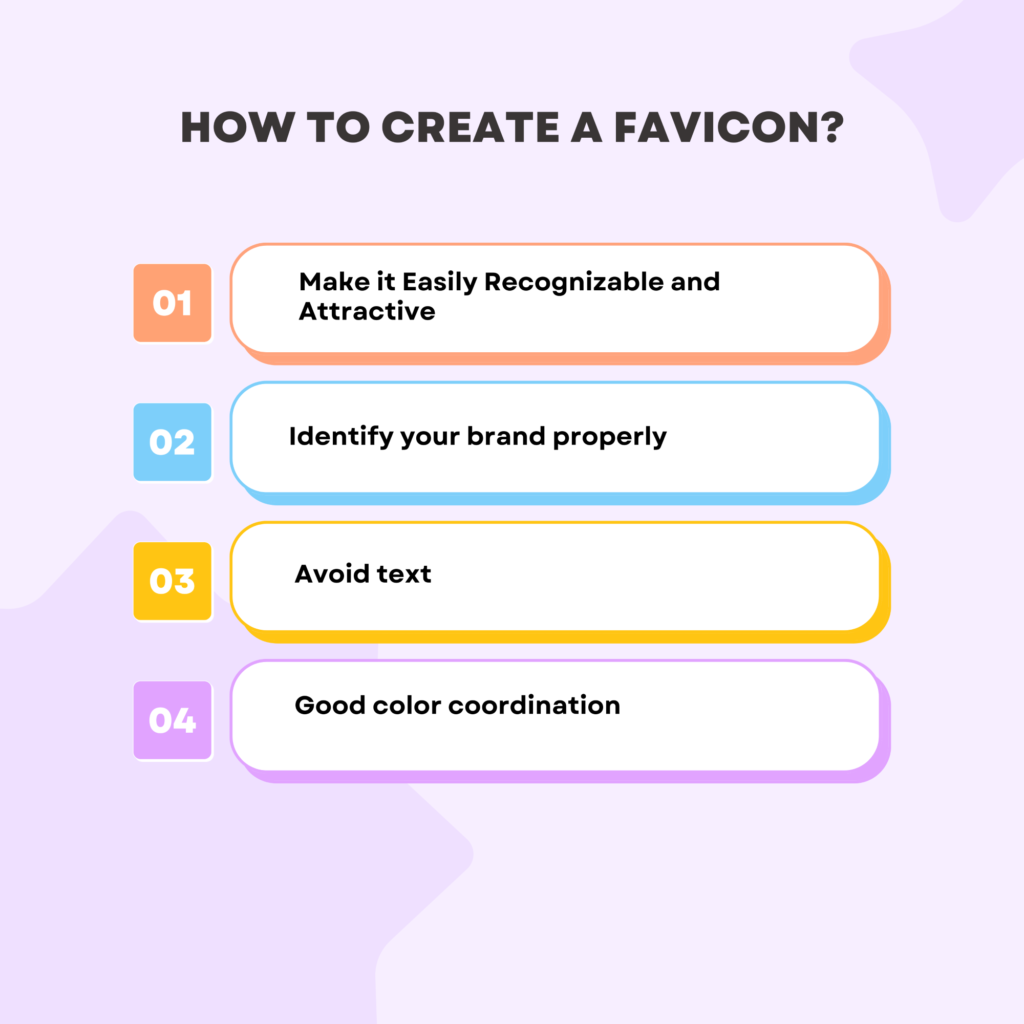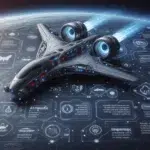WHAT IS FAVICON?
A favicon is a little 16×16 pixel icon that serves to help visitors locate your blog easier. Their main purpose is to help people tell your sites apart from others when they have multiple tabs open. Favicons are different from logos but can be the same as well and may need to be an even smaller sizer or part of a company’s original logo because of how small it is and the resolution used on websites.
It is one of the oldest traditions in website design, especially when using a CMS Software System. Many tab-opening visitors use icons to determine where they should look into new content and browsers must find trusted publishers with efficiency and speed without fail. A favicon should be simple. Keep it to one font or image or pick only two or three characters of text. If the favicon isn’t simplified enough they might get cut off when set at small dimensions or resolutions so always keep that in mind when designing product packaging, business cards, and other print & web products.
WHY FAVICON IS IMPORTANT?
In this new era, businesses need to have a favicon on their websites. They are the visual indicators of people’s tabs and they make your site look more professional. It gives people an easy way to find your product on huge lists of similar items online. It’s not just SEO. It’s branding. The old saying is that an image is worth a thousand words, and Favicons are the very small image that thrives with the possibility to tell the story of your brand through a single click. Favicons are an excellent way to differentiate your business’ page on the Web and make it recognizable in terms of aesthetics and functionality.
IMPORTANCE OF FAVICONS IN SEO:-

Favicons serve an important role in search engine optimization (SEO). Favicons make it easy for users to identify your website on the internet and are URLs that end in the icon, .favicon icon, or icon in Html. Most websites have a favicon as it is required to set up a Google Webmaster account. Most flat designs tend to use a simple favicon with no background color other than white so as not to compete with the website’s aesthetic design. No matter what your profession may be, branding yourself through the design of your favicon today can help you increase website traffic in the future.
1. Improved User Experience Leads to Increased Use
It’s good to know that having a user-friendly website indirectly increases your search engine rankings. Having an icon on your browser tabs, favorites bar, and bookmark folders helps you easily identify and navigate through your website, thus increasing the likelihood of a user interacting with your website. This in turn improves the time spent on your website and interactions there-in translate as more attention directed towards your website, so improving one’s SEO would therefore benefit a business like yours.
2. Bookmarks:
Adding a favicon to your website platform helps your visuals stand out as you are one of many websites being bookmarked. While Chrome Browser by Google has recently been working on improving its bookmark ability, it is still important to have a favicon to give you an extra advantage in the interim until this change. Also, getting bookmarked by search engines and then standing out visually due to your favicon can help give people a reason to revisit your website once they’ve clicked on it among those thousands of other sites bookmarked at that given moment – which is something all businesses want.
3. Branding your website
Favicons are considered to be one of the easiest and fastest ways of branding your website. It provides the user with a sense of recognizability and can serve as a trigger for brand recollection which makes the logged-in user click more easily on the navigation tab associated with your website. Once he or she has already visited your page, the user tends to spend more time there because the favicon represents it as an “abandoned” site. However, this is also true provided that they have had a positive experience, and if you ever plan to change your favicon, make sure users know about it.
HOW TO CREATE A FAVICON?

Favicons are an important part of web design because they help your visitors identify your website when they see it on links and other places online. They’re also a great way to brand yourself and make yourself stand out from the many others.
Here are some tips to help you create a great Favicon.
1. Make it Easily Recognizable and Attractive
As of recently, Favicons have had to be more than just recognizable for them to gain attention on either a website or a search engine. It’s common knowledge that when someone is looking for a specific site in the search engine results, they often only scroll through the first few entries before making their decision!
2. Identify your brand properly
Your favicon is your brand’s identity, so it should visually tell users who you are and what your business stands for instantly. However, with a small design like the favicon and some creative thinking, that goal can be reached! Favicons as the ones listed below communicate what the brand is about right away by simply looking at them; you already get a sense of what they’re about.
3. Avoid text
The favicon is a small graphic placed to the left of the website’s address in a browser tab or on a bookmarks bar. Sometimes called a “favicon” or “favorites icon,” it is actually more properly referred to as an icon. The name comes from the fact that it appears next to the title of a favorite website when that site is added to one’s favorites list (hence the word icon). Because these icons are so small and widely used by most users, it is important for designers not to overdo any effects like adding text inside them because the users cannot read it. It will reduce the area where your logo lives and reduce its clarity. And be sure that your Favicon follows certain web standards: keep it no larger than 16×16 pixels in image size, single-colored (since multi-colored ones can create unexpected results), transparent background with no drop shadow etc.
4. Good color coordination
Favicons are a great way to brand your products and help the user to easily recognize where they are, who created them, where they came from etc. Making selections on what color schemes to use when designing your favicon is an important aspect. Color palettes must be selected that contrast well, allowing the eye to immediately recognize shapes created by varying tones of the same colors.
HOW TO ADD A FAVICON?
In this tutorial we will walk you through the steps involved in adding a favicon to your webpage using HTML. You can use any image you like for your favicon, but simple, high-contrast images often work best given the small size of a favicon. Although the favicon might be an overlooked element in a design, it can make all of the difference when it comes to purpose. By taking just a few minutes to add one in, you can ensure that your message stands out by making sure people notice your page—especially when they’re searching.
HTML Code to add Favicon icon in a webpage
<link rel="icon" type="image/x-icon" href="/images/favicon.ico">
Place the above code the Head of Webpage
To add a favicon to your site first navigate to your project directory in the command line and create a folder called images if you do not already have one. Save the image you desire to use as the icon to this folder and name it favicon or any other title. If you do not yet have an icon image then because we are using PHP as our system of choice we can easily display a default image so that no matter which visitor arrives at your site they will be able to see what appears to be a standard icon file. Save this file as /images/defaultfavicon.png in our HTML folder or whichever filename you wish. Next, open your index.html file in an editor and add the following code directly above the <title> element:
CONCLUSION
Favicons are the little icons that appear to the left of your website’s URL in your browser. They help let your visitors know that they have come to the right place. For those in the online world this is a completely new issue that we are proposing everyone take into consideration. Maybe you have seen it before and still have not taken any time to even glance at it, and maybe it has never even crossed your mind. Either way, from someone who is a business veteran – remember that having a good favicon will most probably impact your business website’s success one way or another.



